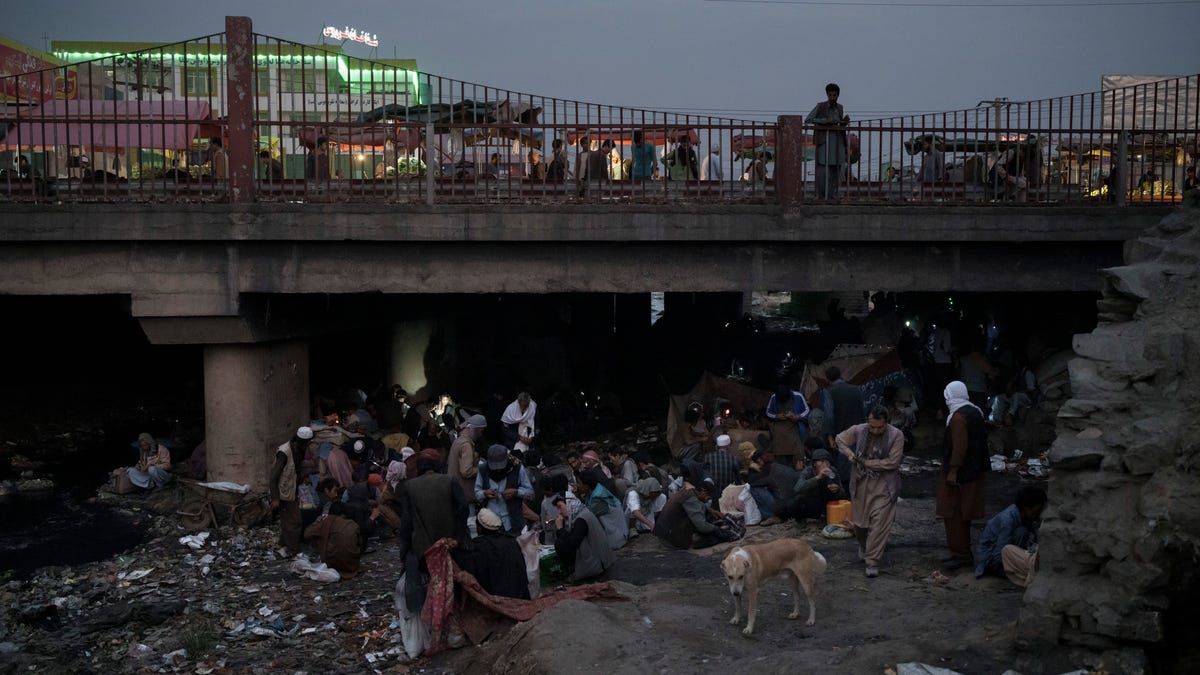According to a report from the United Nations drug agency, Afghanistan has emerged as the world’s fastest-growing producer of methamphetamine. The country is already a major source of opium and heroin, despite the Taliban declaring a war on narcotics after regaining power in August 2021.Read more
The United Nations’ Office on Drugs and Crimes recently published a report highlighting the growing threat posed by Afghanistan’s methamphetamine production. The meth is primarily manufactured using legally available substances or extracted from the ephedra plant, which can be found in the wild.
The report raises concerns about the impact of Afghanistan’s meth production on national and regional health and security. It warns that the growing supply of meth could disrupt the synthetic drug market and contribute to addiction. Seizures of meth believed to originate from Afghanistan have already been reported in the European Union and East Africa.
The report also reveals a significant increase in annual meth seizure totals within Afghanistan, indicating a rise in production. However, due to a lack of data, the report is unable to provide specific figures on the value of the country’s meth supply, production quantities, or domestic usage.
According to Angela Me, the chief of the UNODC’s Research and Trend Analysis Branch, meth production in Afghanistan offers several advantages over the production of heroin or cocaine. Meth labs are mobile, can be easily hidden, and do not require vast stretches of land. Additionally, Afghanistan’s abundant ephedra plant, which is legal and widely available, serves as a key ingredient in meth production.
It remains uncertain how the Taliban’s declared war on drugs has impacted meth supplies in Afghanistan. The Taliban-run government claims to have prohibited the cultivation, production, sale, and use of all intoxicants and narcotics in the country. Their efforts have included the destruction of factories and agricultural land associated with prohibited substances and numerous raids resulting in arrests.
However, the spokesperson for the Interior Ministry, Abdul Mateen Qani, admits that complete eradication of meth production may be difficult due to the possibility of clandestine operations. Nonetheless, the government has implemented a four-year strategic plan to eliminate narcotics, including meth.
Another U.N. report from November highlights the increase in opium cultivation since the Taliban takeover, along with rising opium prices. This growth in the illicit drug market is driven by Afghanistan’s sharp economic contraction and the resulting poverty and hunger faced by its population.


